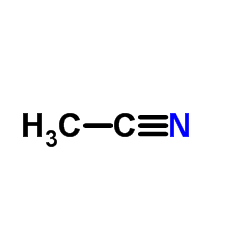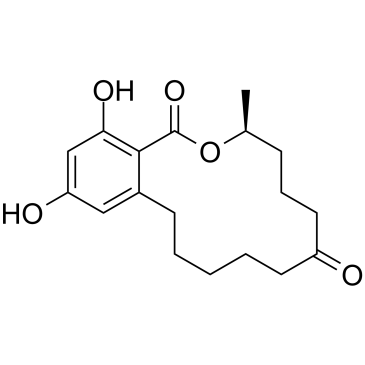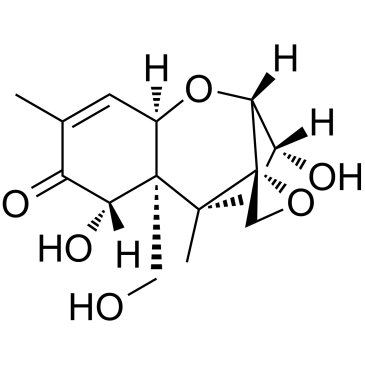| Structure | Name/CAS No. | Articles |
|---|---|---|
 |
Sodium hydroxide
CAS:1310-73-2 |
|
 |
N-hexane
CAS:110-54-3 |
|
 |
Acetonitrile
CAS:75-05-8 |
|
 |
Methanol
CAS:67-56-1 |
|
 |
3-Ethyl-2,4-pentanedione
CAS:1540-34-7 |
|
 |
Zirconyl chloride octahydrate
CAS:13520-92-8 |
|
 |
Zearalanone
CAS:5975-78-0 |
|
 |
DEOXYNIVALENOL
CAS:51481-10-8 |